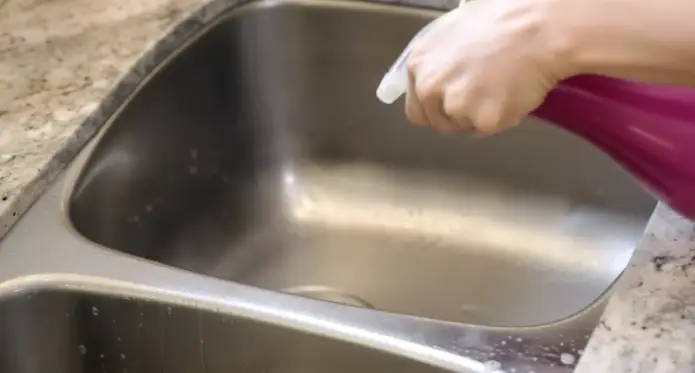Last Updated on October 18, 2023
Your toilet sink is more than just a place to wash dirty stuff. It’s your essential defense against bacteria and other germs that can put your and your family’s health at risk. While regular toilet cleaner may seem easy, the truth might make you think twice before reaching for that bottle.
Would you use this powerful product on something as delicate as a sink? The answer may surprise you. Don’t be tempted by the convenience of using toilet bowl cleaner on your toilet sink, which can make more trouble if overused. Still, it may come in very useful sometimes, but be careful how you use it.
Read on for advice about the correct way to use a toilet bowl cleaner for a sink, plus potential associated risks, or check out some alternative approaches.
How Can I Use Toilet Bowl Cleaner to Clean My Sink: Easy Steps
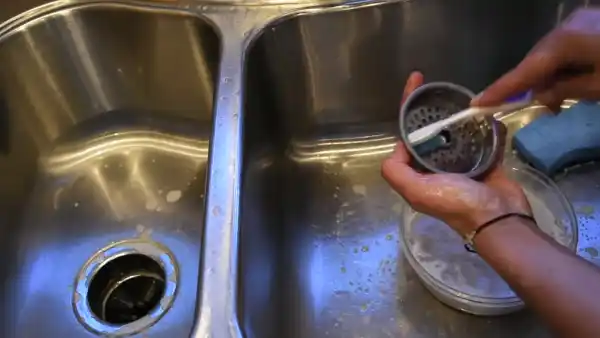
Cleaning a sink with a toilet bowl cleaner is an effective way to de-grease and remove tough stains. The problem is that if you don’t use it carefully, you can also damage your sink. It’s crucial to follow the directions carefully to get the best results.
Gather Materials:
- Toilet bowl cleaner
- Safety glasses and gloves
- Nylon scrub brush
- Warm water
- Bucket
- Soft sponge or cloth
Step 1: Preparing the Area
Before beginning, removing any items or objects from the area surrounding the sink is crucial. This helps provide more space for working, as well as prevents the possibility of any damage to delicate items nearby. Then, any large debris in the sink must be removed before starting.
Once everything is removed from the sink, filling the sink with hot water helps loosen any dirt or grime left behind and makes cleaning easier afterward.
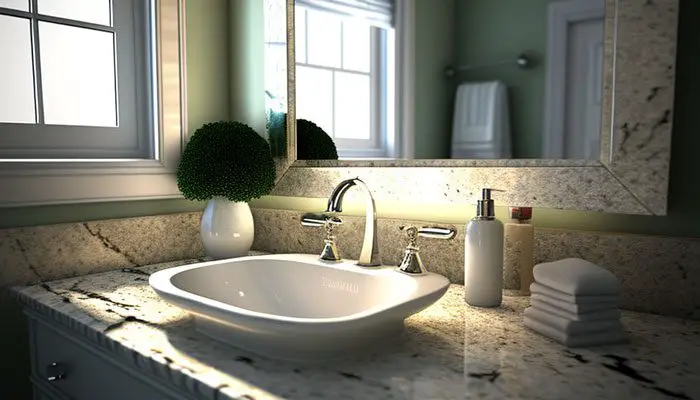
Step 2: Applying the Toilet Bowl Cleaner to the Sink
When everything is ready, apply a generous quantity of toilet bowl cleaner around the edges of the sink and in any areas where there is visible dirt buildup or discoloration. Make sure not to use too much in one spot, as this can potentially damage certain surfaces.
Let sit for about 5-10 minutes before scrubbing gently in circular motions with a nylon scrub toilet brush. Try not to rub too hard, as this can damage surfaces or cause the cleaner to spread further than necessary.
Step 3: Re-apply Steps II until Desired Results are Achieved
If necessary, you may need to re-apply step two to achieve desired results. It is recommended not to repeat this step unless necessary. Over time, there is a risk of damaging certain elements of your sink with excessive amounts of toilet bowl cleaner.
Step 4: Clean Up
After removing all traces of dirt residue from your sink basin, take warm water and thoroughly rinse away all remaining traces of toilet bowl cleaner. So that there is no residual product left on your surface.
Also, wash your hands with soap and water after handling any products containing bleach or other harsh chemicals. That could potentially cause harm if left on the skin for extended periods of time.
Note: When using the toilet bowl cleaner, make sure to gear up with protective gloves and safety glasses. Ventilate the area well so you don’t breathe any fumes that could be hazardous to your health.
When Should You Use Toilet Bowl Cleaner On Sink?

Keeping your bathroom sink clean is important to maintaining a healthy bathroom. As you probably know, toilet bowl cleaners should not be used too frequently. There are some specific instances where using it may be necessary.
1. Cleans Tough Stains
Toilet bowl cleaner is a great option to use on sinks when tackling tough stains that normal cleaning methods can’t remove. It’s strong enough to dissolve difficult grime and residue but gentle enough that it won’t cause damage to the sink surface.
2. Getting Rid of Germs, Bacteria and Odors
Toilet bowl cleaner can also be used on sinks to eliminate bacteria and germs. The chemicals in the cleaner will break down harmful microorganisms, leaving your sink surfaces hygienic and germ-free. It can also help eliminate unpleasant odors from drains and other areas around the sink.
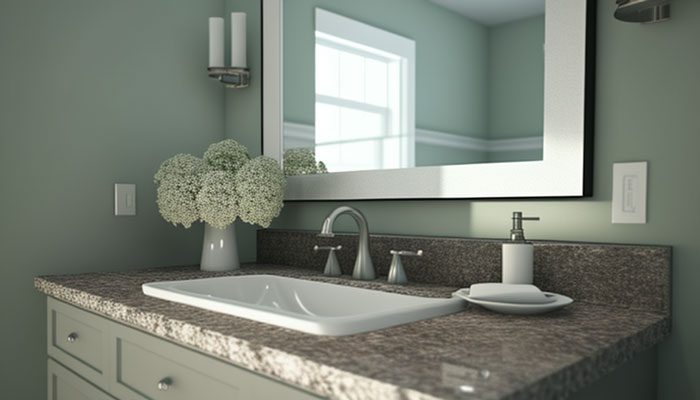
3. To Reduce Lime Scale Buildup
Limescale buildup can occur on sinks due to hard water deposits or mineral buildup from soaps and detergents used in everyday cleaning. Its acidic ingredients eat away at the hardness of minerals found in lime scale buildup, allowing them to be washed away easily.
4. During Deep-Cleaning Sessions
You can get rid of dirt and debris trapped in small crevices around the sink basin or faucet area using a toilet bowl cleaner for deep cleaning. Besides deodorizing, its bleaching properties make it great for brightening dulled surfaces like porcelain fixtures and stainless steel basins.
5. Cost Savings Over Other Alternatives
Using toilet bowl cleaner for sink cleaning can provide cost savings over commercial cleaning products. Not only does toilet bowl cleaner cost less than most commercial products, but it is also more readily available than specialty sink cleaners.
What Are the Effects of Using Toilet Bowl Cleaner On Toilet Sinks?
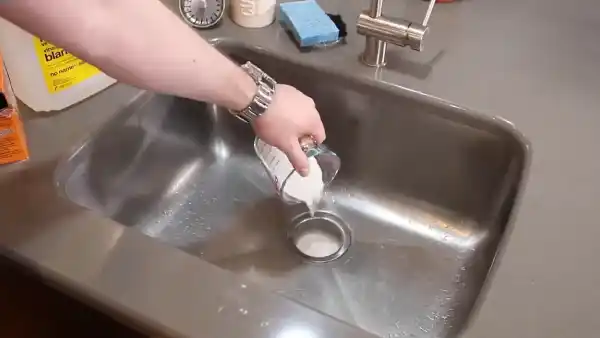
Cleaning toilet bowls with toilet bowl cleaner can be both short-term and long-term. Here are the possible consequences of using toilet bowl cleaner on a sink:
I. Short-Term Effects
Damage to Skin and Eyes
As mentioned above, chemical burns are a typical result of using toilet bowl cleaners on sinks, but they aren’t the only consequence. This type of cleaner can cause redness, swelling, itching, and burning of the skin or eyes when they come into contact with it.
Damage to Plumbing and Fixtures
Toilet bowl cleaners contain tough chemicals that are just as effective at damaging fixtures like pipes, drains, hinges, and other parts found in toilet sinks. These corrosive chemicals slowly eat away at these metals over time.
Corrosion and Rusting of Metal Parts
Metal parts within a bathroom sink can be especially vulnerable to damage from these types of cleaners. Which quickly eat away at them, leaving behind telltale signs like rust stains or corroded surfaces.
Exposure to Toxic Substances
Some ingredients found in toilet cleaners may also include harmful toxins like chlorine bleach. This can be damaging not only to your plumbing septic system but also to your health, as inhalation of these substances can cause respiratory issues.
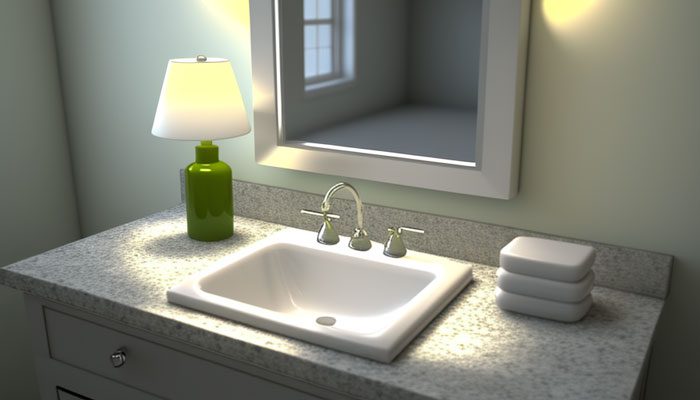
II. Long-Term Effects
Increases Health Risk: Inhaling these chemicals can increase the risk of developing cancer and other life-threatening illnesses. Chlorine, ammonia, sodium hypochlorite, and hydrochloric acid are chemicals in toilet bowl cleaners. Long-term exposure to these chemicals has also been linked to respiratory problems such as asthma and COPD.
Groundwater And Soil Damage
Using a toilet bowl cleaner on a toilet sink can also lead to groundwater and soil contamination if not disposed of properly. The ingredients in these cleaners can seep into the soil or contaminate nearby water sources if disposed of incorrectly.
How Much Should Toilet Bowl Cleaner Be Used to Clean a Toilet Sink?
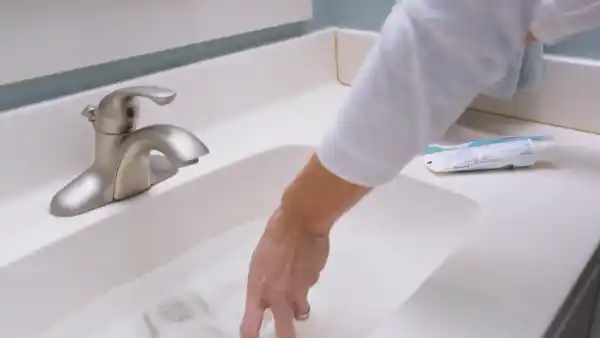
The amount of toilet bowl cleaner used may vary depending on the size and shape of the sink, as well as any additional dirt or grime present. Not only that it also depends on the type of cleaner being used. Generally speaking, a good rule of thumb is to use one or two tablespoons per gallon of water when cleaning.
Remember not to use too much toilet cleaner, as this could damage your plumbing or create an unpleasant smell. When applying the cleaner, make sure to evenly spread it around the entire surface of your bathroom sink and rinse it off thoroughly with fresh water.
How Often Should the Toilet Sink Be Cleaned With a Toilet Bowl Cleaner?
It is recommended that a toilet bowl cleaner be used at least once every two weeks or so. Although, depending on how often your toilet is used, more frequent cleaning may be necessary.
As mentioned above, avoid using toilet bowl cleaner too often. If you want to clean your sink more often, you can use natural cleaners such as baking soda and dish soap.
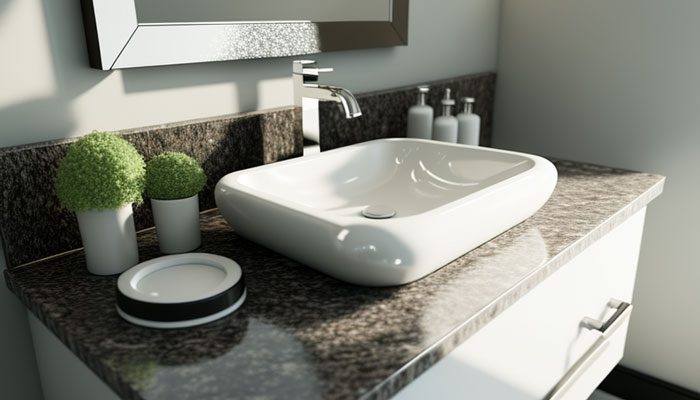
This helps keep dirt and grime from building up in hard-to-reach places in and around your bathroom sink. Aside from this, regular cleaning will help keep your sink looking fresh and new for longer periods of time.
Is It Safe to Mix Toilet Bowl Cleaner With Vinegar to Clean a Sink?
Toilet bowl cleaner should not be mixed with vinegar. Mixing toilet bowl cleaners with vinegar can create dangerous fumes and irritate eyes, noses, throats, and lungs. Aside from that, these fumes may be potentially explosive when mixed in enclosed spaces.
Vinegar is an acidic substance that can affect the active chlorine ingredients of most toilet bowl cleaners, so it should never be used together. It is best to use either toilet bowl cleaner or white vinegar separately for cleaning sinks instead of mixing them together.
Revive Grimy Toilet Sinks: The Deep Clean Solution
Toilet sinks often need deep cleaning, and while it might seem counterintuitive to use toilet bowl cleaner for this job. The results can be impressive as long as you exercise caution. Follow the instructions mentioned above carefully. Using too much could discolor your porcelain and diminish those sparkling effects.
Also, if you’re not keen on using harsh chemicals, baking soda or vinegar are natural alternatives to give your sink a sparkling finish. No matter what choice you make for your cleaning solution needs, making the decision is ultimately up to you.

